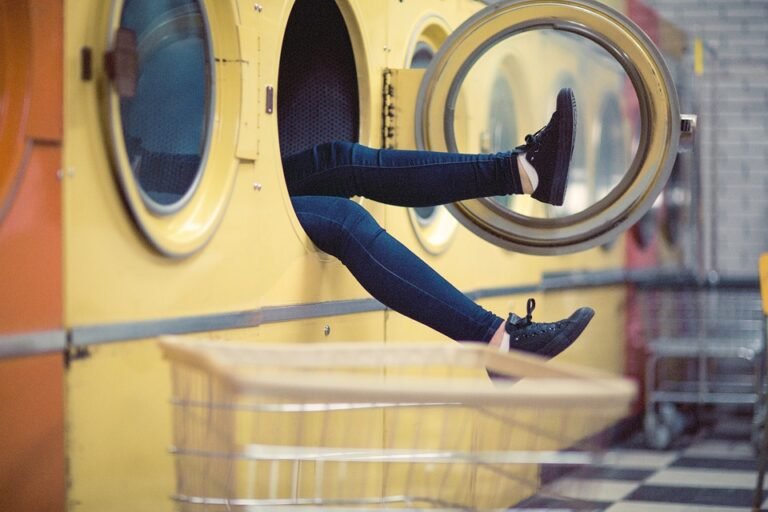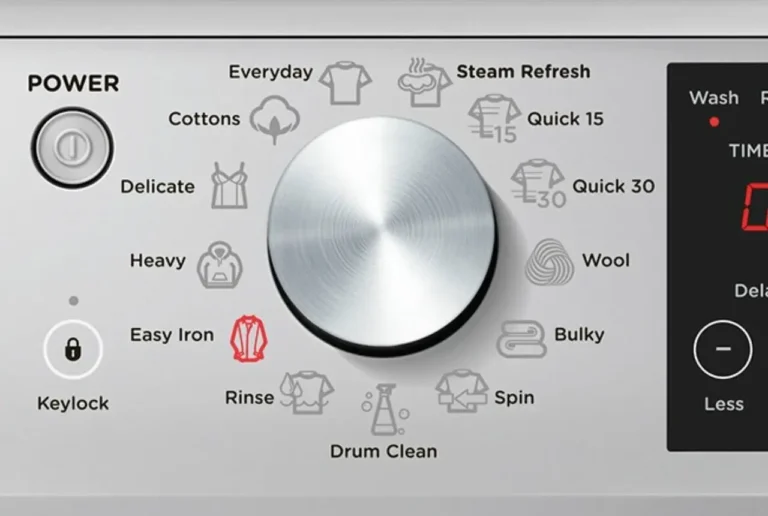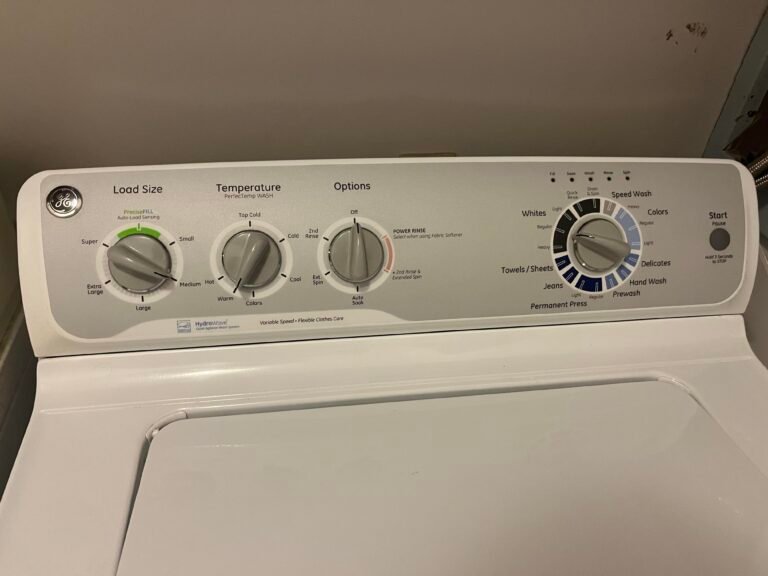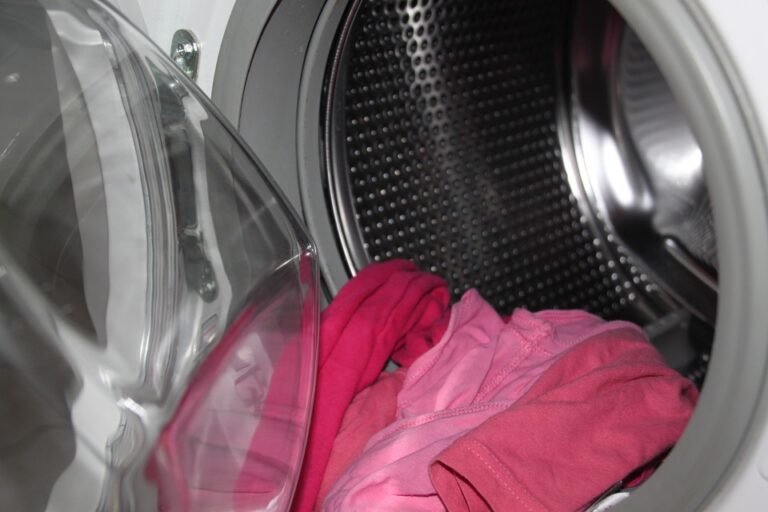Ventless Electric Dryers: An Eco-Friendly Laundry Solution
Discover the game-changing world of Ventless Electric Dryers, an eco-friendly alternative to traditional vented dryers. This article explores their innovative condensation and heat pump technologies, highlighting their energy efficiency and gentle drying capabilities. We’ll delve into key features, safety practices, and compare them with vented dryers, showcasing their environmental benefits and long-term cost savings. Join us on this journey into the future of laundry care, where sustainability meets convenience and efficiency.
What are Ventless Electric Dryers?
Ventless Electric Dryers are innovative laundry appliances designed to efficiently dry clothes without the need for external venting. Unlike traditional vented dryers that release hot air and moisture outdoors, ventless models utilize cutting-edge condensation and heat pump technologies to dry clothes within an enclosed system.
How Do Ventless Electric Dryers work?
The condensation drying process involves extracting moisture from the clothes, which is then converted into water vapor. Heat pump technology, on the other hand, uses a refrigerant to absorb and recycle heat, making the drying process energy-efficient. These dryers operate in a closed loop, maintaining optimal humidity levels and preventing any moisture or lint from entering the living space.
They are particularly advantageous for apartments and compact spaces where venting is impractical. Ventless Electric Dryers offer users the convenience of flexible installation options and do not compromise air quality, making them a popular choice among eco-conscious consumers.
Why Choose Ventless Electric Dryers Over Vented Dryers?
What are the advantages of using Ventless Electric Dryers over vented dryers in terms of energy efficiency and cost savings?
Ventless Electric Dryers present several compelling advantages over their vented counterparts. The primary benefit lies in their energy efficiency, as they consume significantly less electricity. With advanced sensor technology and auto shut-off features, these dryers can detect when the clothes are dry and automatically stop the drying cycle, saving both energy and money.
How do Ventless Electric Dryers offer installation flexibility, and why are they ideal for apartments and compact spaces?
Furthermore, Ventless Electric Dryers offer installation flexibility, as they don’t require an external venting system. This quality is especially beneficial in rented apartments or spaces where traditional venting might not be feasible. Moreover, the absence of venting reduces the risk of air leaks, enhancing indoor air quality and preventing lint and moisture from circulating in the living area.

What environmental benefits do Ventless Electric Dryers provide, and how do they contribute to reducing carbon emissions?
From an environmental perspective, these dryers contribute to a reduced carbon footprint by conserving energy and minimizing greenhouse gas emissions. The combination of energy efficiency, installation versatility, and eco-friendliness makes Ventless Electric Dryers an attractive option for modern households seeking sustainability in their laundry practices.
What are the Main Types of Ventless Electric Dryers?
Ventless Electric Dryers come in two main types: Heat Pump Ventless Dryers and Ventless Condenser Dryers, each offering distinct benefits to users.
Heat pump dryers
Heat pump dryers operate by using a refrigerant to absorb and transfer heat, making them exceptionally energy-efficient. By recycling heat within the system, they can achieve lower energy consumption compared to conventional vented dryers. This technology is ideal for users seeking significant long-term cost savings on utility bills and reducing their environmental impact. Additionally, Heat Pump Ventless Dryers are well-suited for households with frequent and heavy laundry loads due to their enhanced efficiency.
Ventless Condenser Dryer
Ventless Condenser Dryers, on the other hand, use a different approach to achieve the same ventless functionality. These dryers release hot air into a condensing chamber, where moisture is extracted and converted into water. The water is collected in a reservoir that requires periodic emptying. While these models may not be as energy-efficient as heat pump dryers, they are still more eco-friendly than traditional vented dryers and offer excellent convenience and flexibility for smaller households or occasional laundry needs. Additionally, Ventless Condenser Dryers are often more budget-friendly, making them a practical choice for users looking for a cost-effective ventless drying solution.
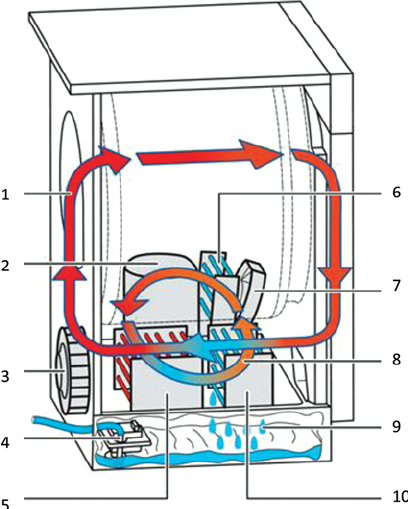
How do Heat Pump Ventless Dryers differ from Ventless Condenser Dryers?
Heat Pump Ventless Dryers and Ventless Condenser Dryers are two types of Ventless Electric Dryers. Heat Pump Dryers use a heat pump mechanism to recycle heat efficiently, resulting in shorter drying times and lower energy consumption. They are generally more expensive but offer long-term cost savings.
On the other hand, Ventless Condenser Dryers release hot air into a condensing chamber to extract moisture, making them slightly less energy-efficient and more affordable. Both types eliminate the need for external venting and are suitable for different household sizes and preferences.
What Key Features Should Be Considered Before Purchasing a Ventless Electric Dryer?
When choosing a Ventless Electric Dryer, several key features should be carefully evaluated to ensure the appliance meets your specific needs. The first aspect to consider is the dryer’s capacity and load size options. Assess the amount of laundry your household generates regularly and select a dryer with an appropriate capacity to avoid overloading and optimize drying efficiency.
Next, pay close attention to the available drying cycles and settings. Look for a dryer that offers a variety of options, including delicate, regular, and heavy-duty cycles, as well as specific settings for different fabric types. This will allow you to customize the drying process for each load, improving garment care and preventing potential damage.
Moisture sensors and auto-adjustment features are crucial components of modern Ventless Electric Dryers. These sensors detect the moisture levels in the clothes and adjust the drying time accordingly, ensuring that clothes are dried to the desired level without wasting energy on unnecessary drying. Additionally, these features contribute to prolonging the lifespan of clothes by preventing over-drying.
Noise levels and vibration reduction are also important factors, especially if the dryer will be placed in a living area or near bedrooms. Look for models with noise reduction technology to minimize operational noise, creating a more pleasant laundry experience.
What are the Limitations and Challenges of Ventless Electric Dryers?
While Ventless Electric Dryers offer numerous benefits, they do have some limitations and challenges to consider. One notable limitation is that these dryers typically have longer drying times compared to vented dryers. The condensation and heat pump processes may take more time to dry clothes thoroughly. However, advancements in technology are continually reducing this gap, making modern ventless models more efficient than their predecessors.
Another consideration is the initial purchase cost. Ventless Electric Dryers generally have a higher upfront price compared to vented dryers. However, it’s essential to weigh this cost against the long-term energy savings and eco-friendly benefits these dryers provide.
Maintenance and cleaning requirements are also factors to keep in mind. Ventless Electric Dryers necessitate regular cleaning of filters and condenser units to maintain optimal performance. Failure to clean these components can lead to reduced drying efficiency and potential malfunctions. While these maintenance tasks are relatively simple, users should be mindful of their responsibilities to ensure the dryer’s longevity and efficiency.
What safety practices should be followed when using Ventless Electric Dryers?
To ensure safe and efficient operation, proper installation guidelines must be followed when setting up a Ventless Electric Dryer. Always adhere to the manufacturer’s instructions and guidelines to prevent any potential hazards or malfunctions. If you are unsure about the installation process, it’s best to seek professional assistance.
Regular cleaning and lint removal are essential for optimal performance and safety. Clean the lint filter after every use to prevent lint buildup, which can obstruct airflow and lead to overheating. Additionally, inspect the ducts and vents periodically to ensure they are clear and free from any obstructions.
Preventing overloading and ensuring load balancing are crucial steps to maintain the dryer’s efficiency and protect its internal components. Distribute clothes evenly inside the drum to avoid excessive strain on the motor and ensure that air circulates freely for consistent drying results.
How do Ventless Electric Dryers compare with traditional vented dryers?
When comparing Ventless Electric Dryers with traditional vented models, energy consumption and cost differences become apparent.
Energy consumption
Ventless Electric Dryers consume less energy due to their advanced drying technologies, resulting in reduced utility bills over time.
Cost
This energy efficiency translates to cost savings and contributes to a greener, more sustainable household.
Environmental impact
From an environmental perspective, Ventless Electric Dryers have a significantly smaller carbon footprint than vented dryers. The absence of venting eliminates the release of hot air and moisture into the environment, minimizing greenhouse gas emissions and supporting eco-conscious living.
The choice between ventless and vented dryers depends on the household’s needs and living conditions. For apartments, condos, or homes without existing venting infrastructure, Ventless Electric Dryers provide a practical and efficient solution. On the other hand, vented dryers might still be preferred in homes where venting is already in place and energy efficiency is not a primary concern.
What maintenance and troubleshooting tips of Ventless Electric Dryers?
To keep Ventless Electric Dryers operating at their best, regular maintenance practices are essential. Cleaning the filters after each use is a simple yet crucial step to prevent lint buildup and maintain efficient airflow. Clogged filters not only hinder drying performance but also pose a fire hazard, making regular filter cleaning imperative for safety.
Inspecting the ducts and vents periodically is equally important. Clear any debris or lint accumulation in the ducts to ensure smooth airflow and efficient drying. Additionally, inspect the exterior vent cover to ensure it is unobstructed and functioning correctly.
As with any appliance, Ventless Electric Dryers may encounter common issues that users can troubleshoot. If the dryer is not drying clothes adequately, check the lint filter and clean it if necessary. Also, ensure that the dryer is not overloaded, as this can hinder proper drying.
If the dryer still exhibits problems, consult the user manual for specific troubleshooting steps. In cases of persistent issues or technical difficulties, contacting a professional appliance technician is recommended to diagnose and resolve the problem accurately.
What are some Future Trends and Innovations in Ventless Electric Dryers?
The future of Ventless Electric Dryers holds exciting developments and innovations. Manufacturers continue to invest in advancing heat pump technology to enhance energy efficiency further. With ongoing research, these dryers are expected to become even more economical, reducing both energy consumption and drying times.
The integration of smart features and IoT connectivity is another area of growth for Ventless Electric Dryers. Users can anticipate appliances with smart controls, allowing remote monitoring and operation via mobile apps or voice assistants. These smart functionalities provide added convenience, allowing users to optimize their laundry routines while reducing energy waste.
How do Ventless Electric Dryers support sustainability initiatives?
Sustainability initiatives will also drive the design and manufacturing of greener appliances. Manufacturers are likely to explore new materials and production processes to create eco-friendly and recyclable dryers. Additionally, the emphasis on energy efficiency and reduced environmental impact will remain at the forefront of future dryer designs.
FAQ About Ventless Electric Dryers
Are ventless dryers a good idea?
Yes, ventless dryers are a good idea for various reasons. They offer energy efficiency and environmental benefits, making them an excellent choice for eco-conscious individuals. Ventless dryers use condensation or heat pump technology to dry clothes without the need for external venting, making them versatile for installation in apartments or homes without venting infrastructure. They also eliminate the risk of lint and moisture circulating in living spaces, improving indoor air quality. Additionally, ventless dryers are a more sustainable option, reducing carbon emissions and contributing to a greener future.
What are the issues with ventless dryers?
While ventless dryers have numerous advantages, they do have some issues to consider. One main concern is longer drying times compared to traditional vented dryers. The condensation or heat pump processes may take more time to dry clothes thoroughly. Another consideration is the initial purchase cost, as ventless dryers may be more expensive than vented models. Additionally, ventless dryers require regular maintenance, such as cleaning filters and condenser units, to maintain optimal performance.
What is the disadvantage of a ventless dryer?
he main disadvantage of a ventless dryer is the longer drying time. As ventless dryers do not expel hot air and moisture outdoors, the drying process may take more time to achieve the desired dryness. However, advancements in technology are continually improving drying efficiency, reducing the gap between ventless and vented dryers. It’s essential to consider this factor based on your laundry needs and lifestyle.
Does a ventless dryer need to be vented?
No, a ventless dryer does not need to be vented. Unlike traditional vented dryers, ventless dryers operate within a closed loop system. They use condensation or heat pump technology to extract moisture from clothes and convert it into water vapor, which is then collected or drained away. This eliminates the need for external venting, providing installation flexibility and suitability for homes without venting infrastructure. Ventless dryers are a practical solution for spaces where venting is not possible or desirable.
Conclusion
Ventless Electric Dryers have emerged as a compelling laundry solution for environmentally conscious households. Their innovative condensation and heat pump technologies offer energy-efficient and versatile drying without the need for external venting. By optimizing key features such as capacity, drying cycles, moisture sensors, and noise reduction, users can enhance the overall laundry experience and garment care.
Though Ventless Electric Dryers have some limitations, their benefits, including energy efficiency, installation flexibility, and reduced environmental impact, make them a popular choice for modern homes. With proper maintenance and adherence to safety guidelines, users can maximize the performance and longevity of their Ventless Electric Dryers.
As technology continues to evolve, future trends in heat pump advancements, smart features, and sustainability initiatives will pave the way for even more eco-friendly and efficient Ventless Electric Dryers, cementing their position as a greener and more sustainable alternative to traditional vented dryers.


